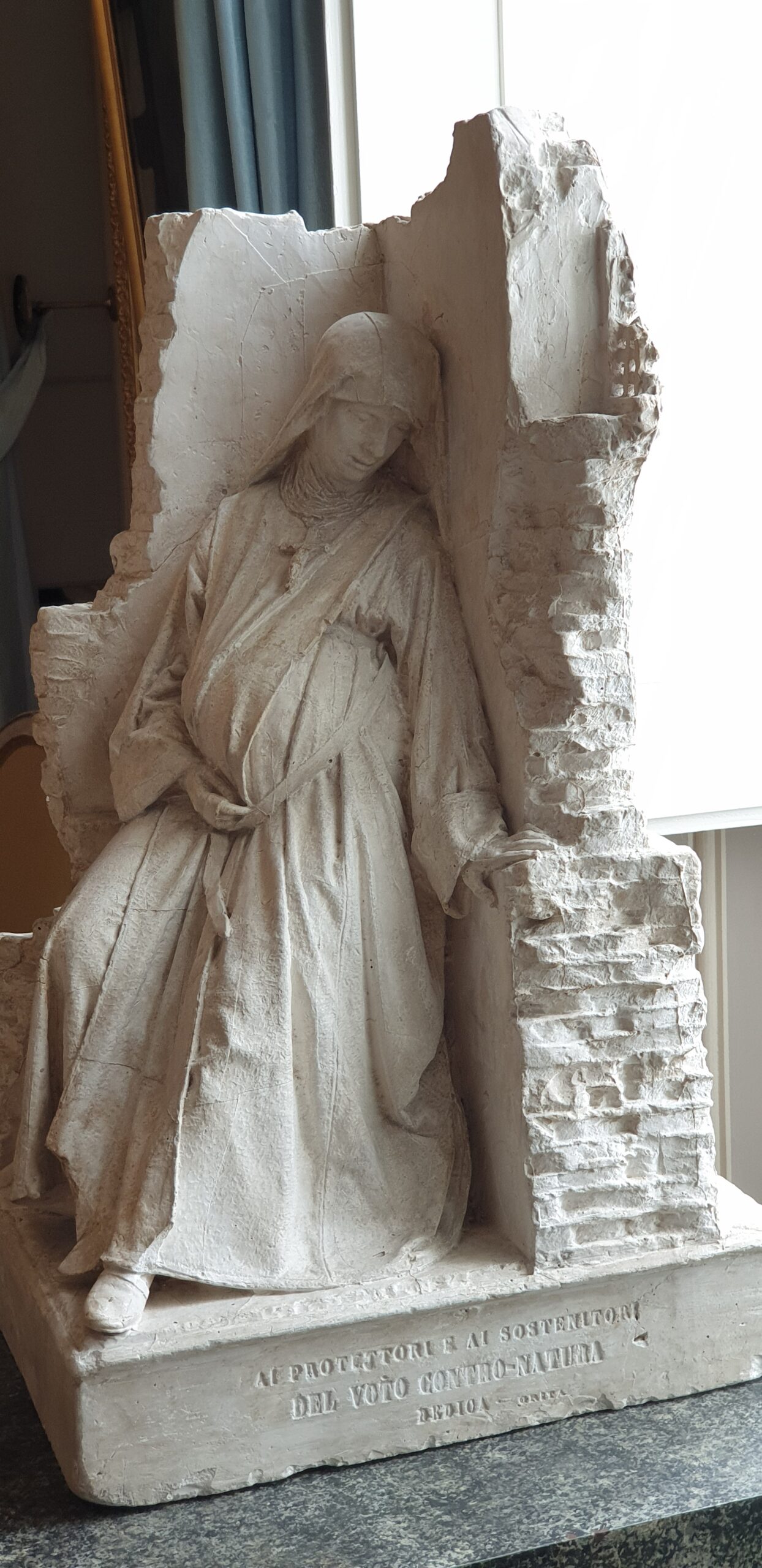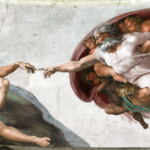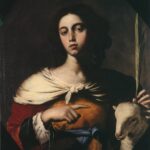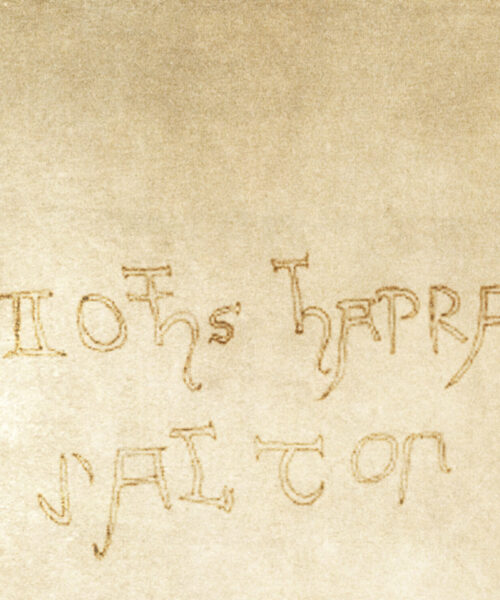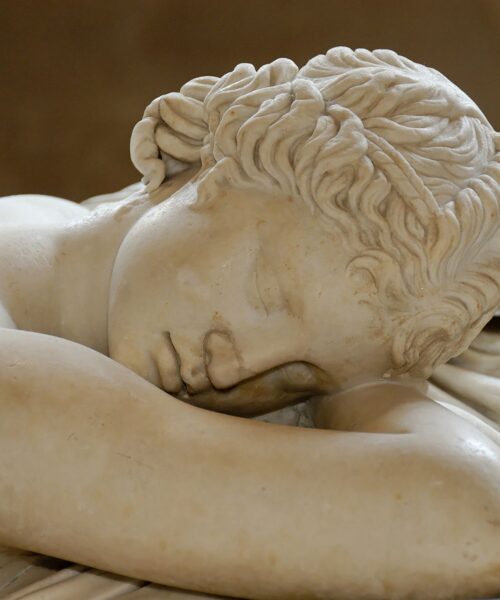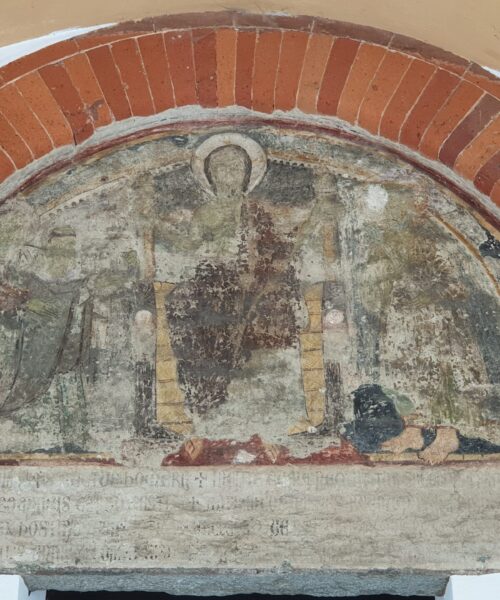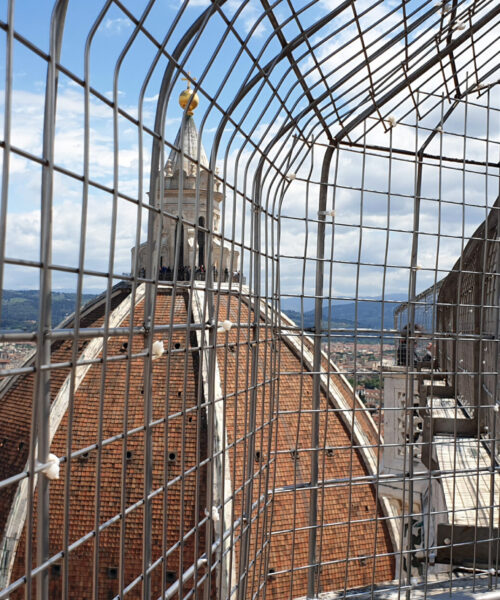A rather unusual dedication, as unusual as the sculpture created around 1860/70 by Salvatore Grita (1828-1912) titled “Vow Against Nature,” part of the collections at Palazzo Pitti in Florence.
This sculpture depicts a female figure in religious attire, clearly pregnant, positioned in a corner that suggests imprisonment. Without the inscription on the base, its interpretation might be ambiguous. However, the engraved dedication is the key to understanding both the work and the personality of this little-known artist.
“To the protectors and supporters of the vow against nature,” reads the inscription. A clear and incisive warning against the practice of confining unmarried pregnant women in convents, emphasized by the sparse and desperate architectural setting. This outcry against the custom becomes a declaration of protest, a cry against the social injustices of the time.
Salvatore Grita, the son of an unmarried mother, was initially entrusted to cloistered nuns. This painful experience deeply marked his spirit, fueling an anticlericalism that characterizes many of his works. Only later was he recognized and taken in by his natural father, Giovanni, a carpenter, but the scars of that past remained indelible.
Grita’s sculptures are imbued with a social commitment aimed at provoking public reflection. This commitment, though not always well received by the art market, is rooted in a solid academic background and a realism inspired by 15th-century Tuscan sculpture. Grita does not bow to market trends, preferring public commissions that allow him to pursue his ideal of educational and civic art.
The sculpture “Vow Against Nature” deserves a better placement, worthy of its powerful message. This work, photographed at Palazzo Pitti, leaves an indelible mark on those who understand its meaning. The intensity of its message, a sharp critique of the society and religion of the time, makes this sculpture an icon of social protest and Grita’s artistic commitment.

